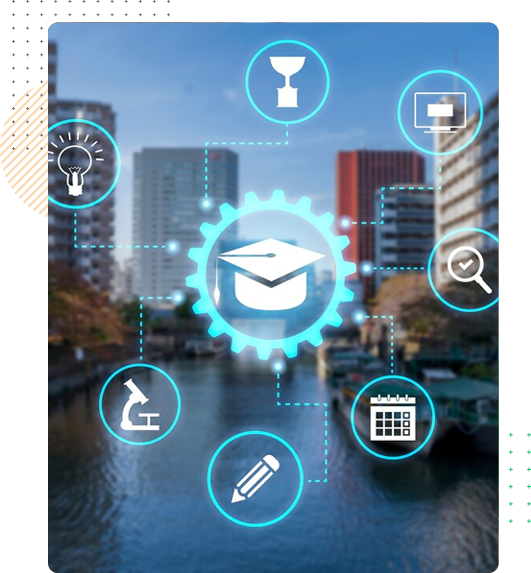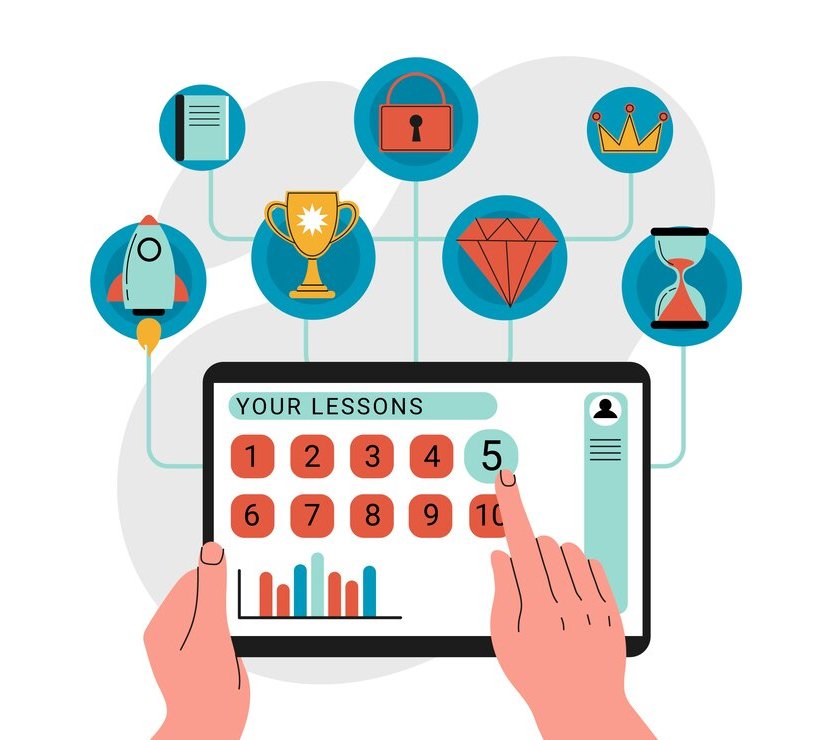Asynchronous education refers to a learning approach where students engage with course materials and complete assignments at their own pace and convenience, without the need for real-time interaction.

Asynchronous getting to know is a popular time used to explain styles of education, guidance, and getting to know that don’t arise withinside the identical area or at a similar time. The time is maximum implemented to diverse virtual and online learning styles wherein college students analyze from guidance—consisting of prerecorded video instructions or game-primarily based getting to know responsibilities that scholars whole on their own—that isn’t constantly being added in character or in actual time. Yet asynchronous getting-to-know might also embody a massive style of educational interactions, consisting of email exchanges among instructors, online dialogue boards, and course-control structures that arrange educational substances and correspondence, amongst many different viable variations.
Digital and online getting-to-know reviews also can be synchronous. For example, instructional video conferences, interactive webinars, chat-primarily based online discussions, and lectures broadcast simultaneously could all be considered styles of synchronous getting to know.
It ought to be referred to that the time asynchronous getting-to-know is generally implemented to teacher-pupil or peer-to-peer interactions occurring in exceptional places or at extraordinary times, as opposed to online getting-to-know reviews that don’t contain an instructor, colleague, or peer. For example, the famous language-getting-to-know software program Rosetta Stone is regularly bought and utilized by those who need to accumulate new language skills. However, it’s also an increasing number used by world-language instructors in schools. When instructors use the software program as a tutorial device to decorate language acquisition or diagnose getting-to-know weaknesses, this manner could generally be considered a shape of asynchronous getting-to-know. If a person uses the software program on their own—i.e., without extra guidance or aid from a teacher, and now no longer as an extension of a proper course—it’d possibly no longer be taken into consideration asynchronous getting to know.
The ” in-character getting to know ” can be implemented when instructors educate college students inside the identical school room or get to know the environment; the “in-character getting to know” can be implemented.

The Continents States University works to equip future professionals with the skills, tools, and opportunities that enable faster integration into the workforce industry around the globe by delivering affordable, quality, and competency-based education to everyone across the continents.